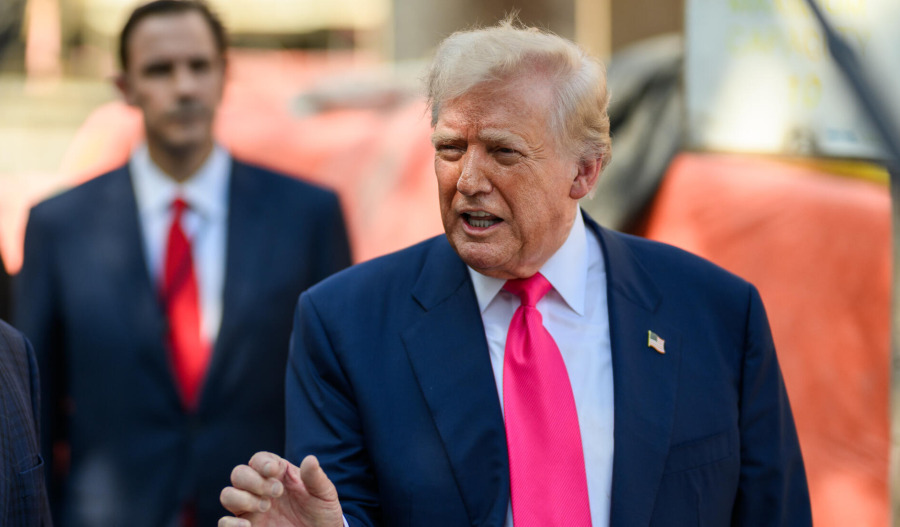Oil prices traded near multiweek highs on Wednesday as markets reacted to United States President Donald Trump’s latest warning to Russia, signalling the potential for secondary sanctions and tariffs if Moscow fails to make progress in ending its war in Ukraine within the next 10 to 12 days.
By 3 pm AEST (5 am GMT), Brent crude futures for October were up 11 cents or 0.1% to US$71.79 per barrel, while U.S. West Texas Intermediate (WTI) crude added 6 cents or 0.1% to $69.27 per barrel.
Both contracts had closed at their highest levels since 20 June in the previous session, following a surge of over 3%.
Trump’s tightened ultimatum shortens a prior 50-day timeline and includes threats of 100% secondary tariffs on countries that continue purchasing Russian crude.
The move added to bullish sentiment in oil markets, already buoyed by supply concerns and improved economic forecasts.
"Trump reiterated that the U.S. may impose additional tariffs on countries that continue to buy Russian crude. He also warned of potential secondary sanctions if Moscow fails to reach a ceasefire with Ukraine within ten days and that any disruptions to Russian supply could easily be taken up by additional U.S. production," ANZ analysts wrote in a note to clients.
Market sentiment was further bolstered after the U.S. and European Union reached a trade agreement to impose 15% tariffs on select European goods, avoiding a broader trade conflict. The deal helped soothe concerns over economic drag from escalating trade tensions.
Meanwhile, the Organisation of the Petroleum Exporting Countries (OPEC+) alliance opted to maintain its current output strategy during the latest Joint Ministerial Monitoring Committee meeting, signalling no immediate shift in production levels.
Adding to the macro backdrop, the International Monetary Fund upgraded its global growth forecasts for 2025 and 2026, but cautioned that mounting risks such as renewed tariffs, geopolitical instability, and ballooning fiscal deficits remain potent threats to the recovery.



